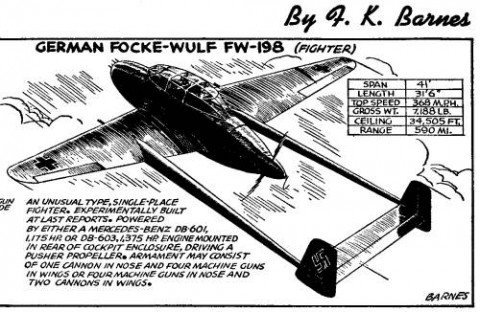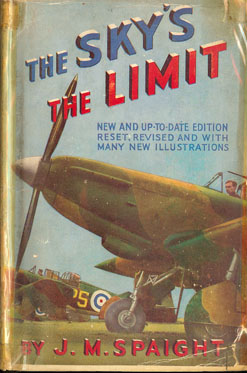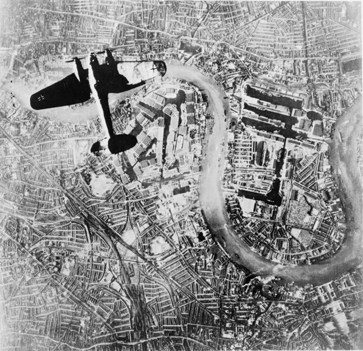One of the benefits of living in London for two months is the way it helped me to understand its geography. So when I read, for example, that 500 men, women and children walked from Greenwich to Trafalgar Square on 22 July 1917 to demand ‘improved air defences for London and the adoption of a systematic offensive air offensive against German towns’,1 I know now that it was actually a fairly long walk (even if they took the omnibus home!) and so shows that their protest march was not a casual affair. And my experience also comes in handy when reading about what was predicted to happen to London when it was bombed, and what actually happened when it was bombed.
In some places, the effects are still easy to see. But sometimes my imagination needed a little help. This is the enclosed garden in the middle of Mecklenburgh Square, where I was staying, in Bloomsbury:

And this is how the poet John Lehmann described Mecklenburgh Square after being blitzed (possibly in September 1940):
Mecklenburgh Square was a pretty sight when I left it. Broken glass everywhere, half the garden scorched with incendiary bombs, and two houses of Byron Court on the east side nothing but a pile of rubble. Clouds of steam were pouring out of one side, firemen still clambering over it and ambulances and blood transfusion units standing by with ARP workers and police. The road was filled with a mass of rubble muddied by the firemen’s hoses, but the light grey powder that had covered the bushes at dawn had been washed off by the drizzle. The time bomb in the Square garden sat in its earth crater coyly waiting. The tabby Persian cat from No. 40 picked her way daintily and dishevelledly among the splinters of glass on her favourite porch.2
The garden where the UXB fell looks so peaceful and quiet today, but once it was right in the front line.
![]() This work is licensed under a Creative Commons Attribution-NonCommercial-NoDerivatives 4.0 International License.
Permissions beyond the scope of this license may be available at http://airminded.org/copyright/.
This work is licensed under a Creative Commons Attribution-NonCommercial-NoDerivatives 4.0 International License.
Permissions beyond the scope of this license may be available at http://airminded.org/copyright/.





